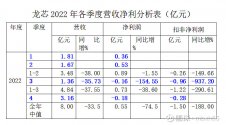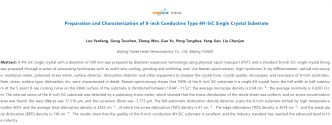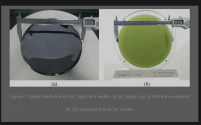Loongson came out with updated earning estimates for 2022
As expected, it's down quite a bit from 2021. Thankfully, Q4 result improved markedly over first 3 Quarters. As seen below,

Loongson's numbers declined throughout 2022 until bottoming out in Q3. Q4 was a big comeback. This indicates the release of 3A5000 & 3C5000 + adding Loongarch compatibility with more software programs is finally gaining traction. Q4 was down just 23% YoY vs first 3 quarters which were down 38% YoY.
I think 2023 will show whether or not Loongson's go alone strategy with its own LoongArch ISA is a good idea. But at least they finally got a full line of product and they are getting LoongArch supported by more linux systems, compilers and such.
And more importantly, 3A6000 is coming out and maybe something that matches AMD Zen 3 & Intel 11th gen in performance despite using 12nm process (which is SMIC's improved 14nm process)
As expected, it's down quite a bit from 2021. Thankfully, Q4 result improved markedly over first 3 Quarters. As seen below,

Loongson's numbers declined throughout 2022 until bottoming out in Q3. Q4 was a big comeback. This indicates the release of 3A5000 & 3C5000 + adding Loongarch compatibility with more software programs is finally gaining traction. Q4 was down just 23% YoY vs first 3 quarters which were down 38% YoY.
I think 2023 will show whether or not Loongson's go alone strategy with its own LoongArch ISA is a good idea. But at least they finally got a full line of product and they are getting LoongArch supported by more linux systems, compilers and such.
And more importantly, 3A6000 is coming out and maybe something that matches AMD Zen 3 & Intel 11th gen in performance despite using 12nm process (which is SMIC's improved 14nm process)
Looks like there are more examples of this type of machines that are all domestic and use Loongson CPU + GPU board using Galaxy KylinOS or UOS and Loongnix Linux. CAEC looks like another supplier of computers for industries with 100% domestic equipment.研祥智能 (EVOC), which produces specialized industrial computers and controllers for different industries, equipments and manufacturing, has now come out with a fully domestic computer
This one uses Loongson 3A5000 CPU along with 7A2000 GPU set.
It's COM-1501-LX motherboard supports Loongnix and Kylin OS + other domestic OS.
It can be widely used in national defense, government, scientific research, medical treatment, electric power, communication, transportation and other fields.
Last edited:




